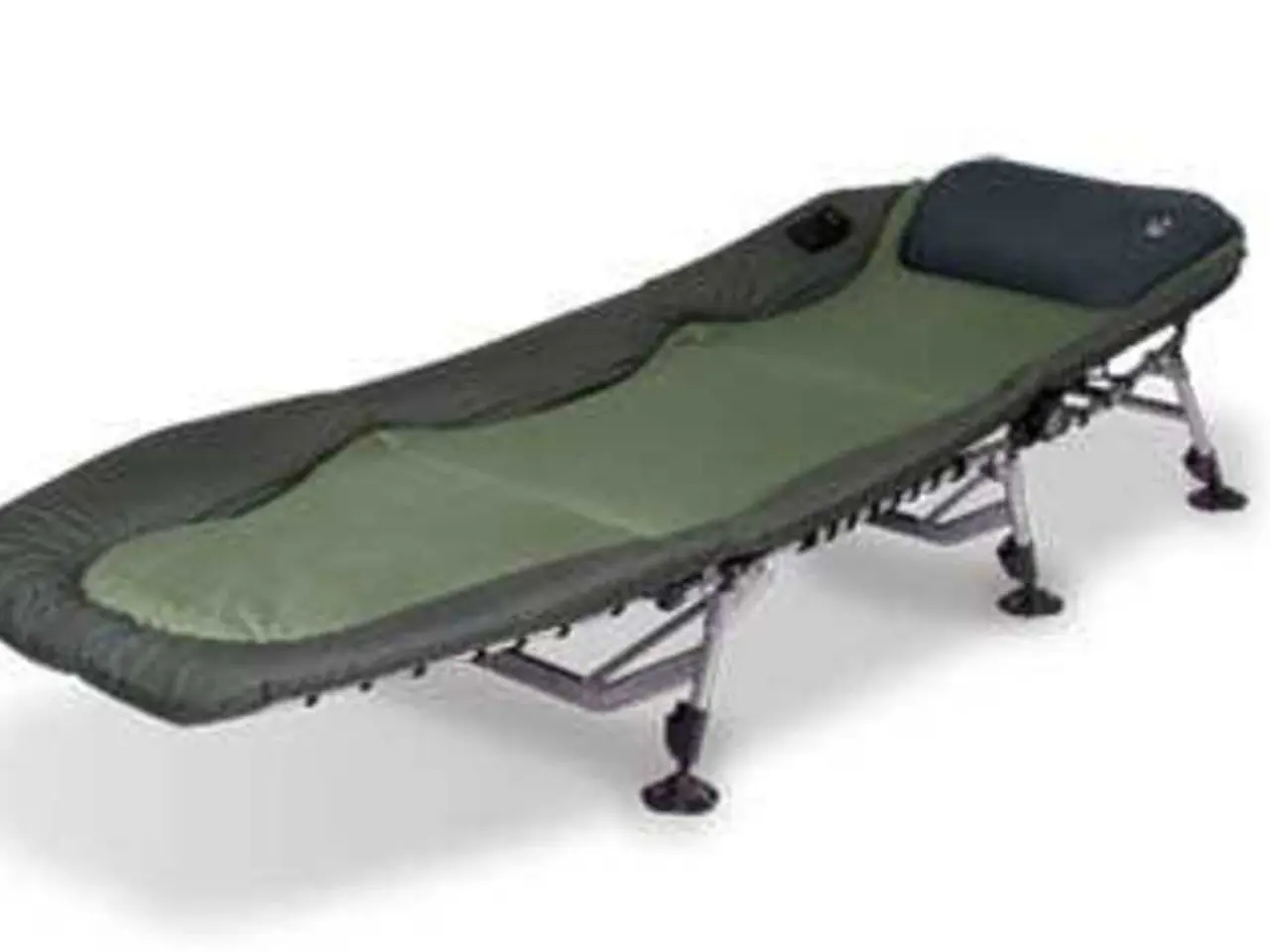Hamstring Recovery Workout: Flexibility, Strengthening and Additional Techniques
Rehabilitation after a hamstring muscle strain is crucial to ensure a quick and safe recovery. Here are some key exercises and techniques that can help in the process.
Dynamic Hamstring Stretching
Dynamic stretching plays an essential role in hamstring rehabilitation. Exercises like active straight leg raises, dynamic walking, or gentle cycling movements can help stretch the hamstrings functionally. Perform these exercises in sets of 3x10 repetitions for effective results [1].
Hamstring Catches
Hamstring catches are another effective exercise for rehabilitation. By letting the bent leg drop slowly and contracting the hamstrings to catch it before it falls horizontal, you can train light dynamic eccentric hamstring activation. Start with 1 set of 10 reps and progress to 3 sets of 15 reps [1].
Standing Knee Flexion
Standing on one leg, bend the other knee against gravity in an explosive movement. This exercise trains concentric muscle control and strength. Progress from 3 sets of 10 to 4 sets of 20 reps [1].
Nordic Hamstring Curl
Recognized as one of the most effective eccentric strengthening exercises, the Nordic hamstring curl involves controlled lowering of the upper body while the feet are anchored. This exercise strengthens hamstrings eccentrically and reduces injury recurrence [2].
Advanced Hamstring Curls
For a more challenging workout, loop one end of a resistance band around the ankle and the opposite end around the chair leg before bending the knee for advanced hamstring curls [5].
Additional Modalities
Modalities such as manual therapy, electroanalgesia, and targeted stretching can support the early phases of rehabilitation to reduce pain and improve tissue recovery. However, evidence on direct healing effects is mixed [4].
Cryotherapy
Cryotherapy can effectively reduce pain, inflammation, and tissue damage, but it may be expensive and difficult to access [6].
Hamstring Stretching
Hamstring stretching exercises can aid during rehabilitation, but they should follow the doctor's prescribed stretching protocol. Examples of hamstring stretches include the modified hurdler's stretch, supine hamstrings stretch, single-leg floor touches, and seated toe touch stretch [3].
RICE Method
The RICE method (Rest, Ice, Compression, Elevation, and Ice application) can be helpful for most sports-related injuries [7].
Grades of Muscle Strains
Muscle strains are categorized into three grades. Grade I strain has little structural disruption and heals quickly, while Grade II strain involves a partial rupture and Grade III strain refers to a complete tissue rupture, requiring a longer recovery time [8].
Always remember to respect your body's limits during rehabilitation and consult with a healthcare professional for personalised advice.
References:
- [1] Bharath Orthopaedics details these progressive exercises for hamstring strain rehabilitation including dynamic stretches, hamstring catches, and standing knee flexion.
- [2] Nordic hamstring curls are highlighted for their eccentric strengthening benefits and injury prevention effect.
- [3] Resistance exercises like Romanian deadlifts, Bulgarian split squats, and prone leg curls are effective for functional hamstring strength.
- [4] Manual therapy and electroanalgesia may assist early pain management but have less clear direct effects on healing.
- [5] Loop one end of a resistance band around the ankle and the opposite end around the chair leg before bending the knee for advanced hamstring curls.
- [6] Cryotherapy can effectively reduce pain, inflammation, and tissue damage, but may be expensive and difficult to access.
- [7] The RICE method can be helpful for most sports-related injuries, involving rest, ice, compression, elevation, and ice application.
- [8] There are three grades of muscle strains: Grade I, Grade II, and Grade III.
- Incorporating weight management, fitness, and nutrition into a rehabilitation program can aid in a speedy and safe recovery from a hamstring muscle strain.
- Various science-based therapies and treatments, such as manual therapy, electroanalgesia, and targeted stretching, can offer support during the early stages of rehabilitation.
- Fitness-and-exercise techniques like dynamic hamstring stretching, hamstring catches, and standing knee flexion, as well as advanced hamstring curls using resistance bands, are effective exercises when resurrecting from a hamstring strain.
- Adopting a health-and-wellness approach with proper nutrition, mental health considerations, and sports-specific exercises will contribute to a comprehensive rehabilitation plan for healing from a hamstring muscle strain.




